P R E S S R E L E A S E
European Southern Observatory (ESO)
Netherlands Research School for Astronomy (NOVA)
OmegaCEN, national wide-field imaging datacenter
Target
Garching/Leiden/Groningen June 8, 2011
First images with the VLT Survey Telescope - VST and 268 megapixel OmegaCAM start work
The VLT Survey Telescope (VST), the latest addition to ESO's Paranal Observatory, has made its first release of impressive images of the southern sky. The VST is a state-of-the-art 2.6-metre telescope, with the huge 268-megapixel camera OmegaCAM at its heart, which has been designed under Dutch leadership to map the sky both quickly and with very fine image quality. It is a visible-light telescope that perfectly complements ESO's VISTA infrared survey telescope. New images of the Omega Nebula and the globular cluster Omega Centauri demonstrate the VST's power.
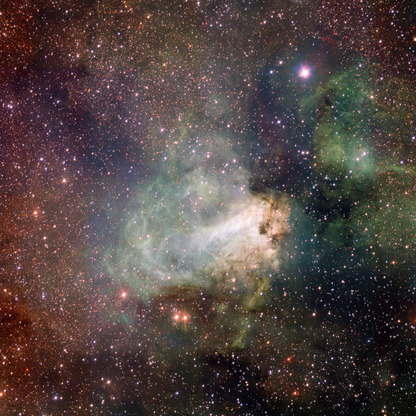
The VLT Survey Telescope (VST) is the latest telescope to be added to ESO's Paranal Observatory in the Atacama Desert of northern Chile. It is housed in an enclosure immediately adjacent to the four VLT Unit Telescopes on the summit of Cerro Paranal, under the pristine skies of one of the best observing sites on Earth. The VST is a wide-field survey telescope with a field of view twice as broad as the full Moon. It is the largest telescope in the world designed to survey the sky in visible light. Over the next few years the VST and its camera OmegaCAM will make several very detailed surveys of the southern sky. All survey data will be made public.
"I am very pleased to see the impressive first images from the VST and OmegaCAM. The unique combination of the VST and the VISTA infrared survey telescope will allow many interesting objects to be identified for more detailed follow-up observations with the powerful telescopes of the VLT," says Tim de Zeeuw, the ESO Director General.
The VST programme is a joint venture between the INAF-Osservatorio Astronomico di Capodimonte, Naples, Italy and ESO. INAF has designed and built the telescope with the collaboration of leading Italian industries and ESO is responsible for the civil engineering works at the site. OmegaCAM, the VST's camera, was designed and built by a Dutch led consortium including institutes in the Netherlands, Germany and Italy with major contributions from ESO. The new facility will be operated by ESO, which will also archive and distribute the data. The VST is a state-of-the-art 2.6-metre aperture telescope with an active optics system to keep the mirrors perfectly positioned at all times. At its core, behind large lenses that ensure the best possible image quality, lies the 770 kg OmegaCAM camera, built around 32 CCD detectors, sealed in vacuum, that together create 268-megapixel images.
Both the telescope and the camera have been designed to fully exploit the high quality observing conditions at Paranal. The first released image shows the spectacular star-forming region Messier 17, also known as the Omega Nebula or the Swan Nebula. This dramatic region of gas, dust and hot young stars lies in the heart of the Milky Way in the constellation of Sagittarius (The Archer). The VST field of view is so large that the entire nebula, including its fainter outer parts, is captured - and retains its superb sharpness across the entire image.
The second released image is a portrait of the globular star cluster Omega Centauri in the constellation of Centaurus (The Centaur). This is the largest globular cluster in the sky, but the very wide field of view of the VST and OmegaCAM can encompass even the faint outer regions of this spectacular object. This view, which includes about 300 000 stars, demonstrates the excellent resolution of the VST.
The VST will make three public surveys over the next five years. The KIDS survey (led by Prof. Kuijken, Leiden Observatory, NL) will image several regions of the sky away from the Milky Way. It will further the study of dark matter, dark energy and galaxy evolution, and find many new galaxy clusters and high-redshift quasars. The VST ATLAS survey will cover a larger area of sky and focus on understanding dark energy and supporting more detailed studies using the VLT and other telescopes. The third survey, VPHAS+, will image the central plane of the Milky Way to map the structure of the Galactic disc and its star formation history. VPHAS+ will yield a catalogue of around 500 million objects and will discover many new examples of unusual stars at all stages of their evolution.
The data volume produced by OmegaCAM will be very large. Every year about 30 Terabyte of raw data will flow from Paranal to processing datacenters in Europe. A consortium led by OmegaCEN at the University of Groningen has developed a new advanced information system containing a grid of compute clusters, archives and databases. The Astro-WISE system will facilitate processing and analysis of the very large dataflow. Astro-WISE stores automatically not only the end-products but also all intermediate steps in processing and analysis. Everything can be accessed via the internet. "The complex path of analysis that leads to a stunning result is just as important as the result itself. It forms the proof of the result. An astronomer can share in real-time his analysis in full detail with every colleague in the world via Astro-WISE. One can also take the (intermediate) result of a colleague as a starting point for further analysis. That is called E-Science, that is the innovation that Astro-WISE brings." Says Prof Edwin Valentijn, head of OmegaCEN
"The combination of large field of view, excellent image quality, and the very efficient operations scheme of the VST will produce an enormous wealth of information that will advance many fields of astrophysics," concludes Konrad Kuijken, head of the OmegaCAM consortium.
More information
OmegaCAM
The optical camera OmegaCAM has been built by a consortium comprised of institutes in the Netherlands, Germany and Italy, under the lead of Prof. Koen Kuijken (NOVA/Leiden Observatory)Surveys
In the coming 4 years OmegaCAM will be used to make 3 large celestial maps. The Kilo-Degree Survey (KiDS) is the largest and will take the best observing conditions. More than 400 nights of OmegaCAM observing time will be devoted to KIDS. The survey is done by an international collaboration that, besides Leiden and Groningen, is comprised of astronomers at institutes spread over Europe. The survey team is led by Prof. Koen Kuijken. KiDS will observe a large section of the sky (1500 square degrees, approximately 7% of the Southern Sky) in 9 colors and make it available in a huge database. This information will allow astronomers to study the distribution of matter in the Universe and the evolution of galaxies. A second survey - named VPHAS+ - will map the Southern Milky Way and measure the properties of hundreds of millions of stars, including very rare active stars and double star systems. This survey has a significant Dutch contribution by the research group led by Prof. Paul Groot (Radboud University, Nijmegen).OmegaCEN / Astro-WISE
An important part of the role of NOVA in OmegaCAM was the development of new system to process and archive the large volume of digital images that OmegaCAM will observe night after night. To this end NOVA has founded OmegaCEN, a national datacenter for wide-field imaging. The centre is led by Prof. Edwin Valentijn and is located at the Kapteyn Astronomical Institute (University of Groningen). OmegaCEN coordinates the processing of the KiDS survey using its Astro-WISE system. Astro-WISE connects in real-time databases, compute clusters and storage grids of data centers in The Netherlands, Germany and Italy. OmegaCEN is a partner in the Target project which is supported by Samenwerkingsverband Noord Nederland, the Ministery of Economic Affairs (Pieken in de Delta), the European Fund for Regional Development and the provinces of Groningen and Drenthe. Target operates under the auspices of Sensor Universe.Images, podcast and other media
For high resolution (incl. native) image etc. see the images links on the ESO press release, for example this one.Press releases
Press release ESOPress release NOVA
Contacts
Edwin Valentijn, Target / OmegaCEN / Kapteyn Astronomical Institute, University of Groningen
Tel: 0648276416 / 050-3634011
E-mail: valentyn@astro.rug.nl
Koen Kuijken, Leiden Observatory, University of Leiden
Tel: 071 527 5848/5737
E-mail: kuijken@strw.leidenuniv.nl
Gijs Verdoes Kleijn, Target / OmegaCEN / Kapteyn Astronomical Institute, University of Groningen
Tel: 0654658050 / 050-3638326
E-mail: verdoes@astro.rug.nl
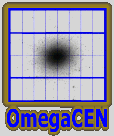 |
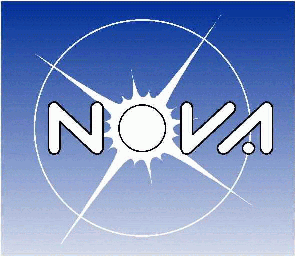 |
 |
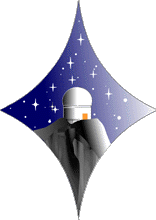 |
 |
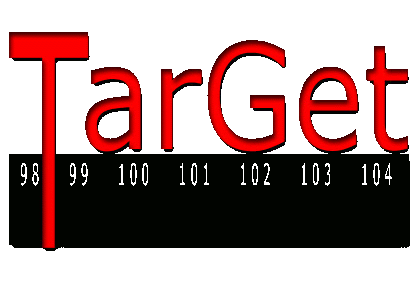 |
| OmegaCEN | NOVA - outreach | INAF | USM | ESO | Target |


